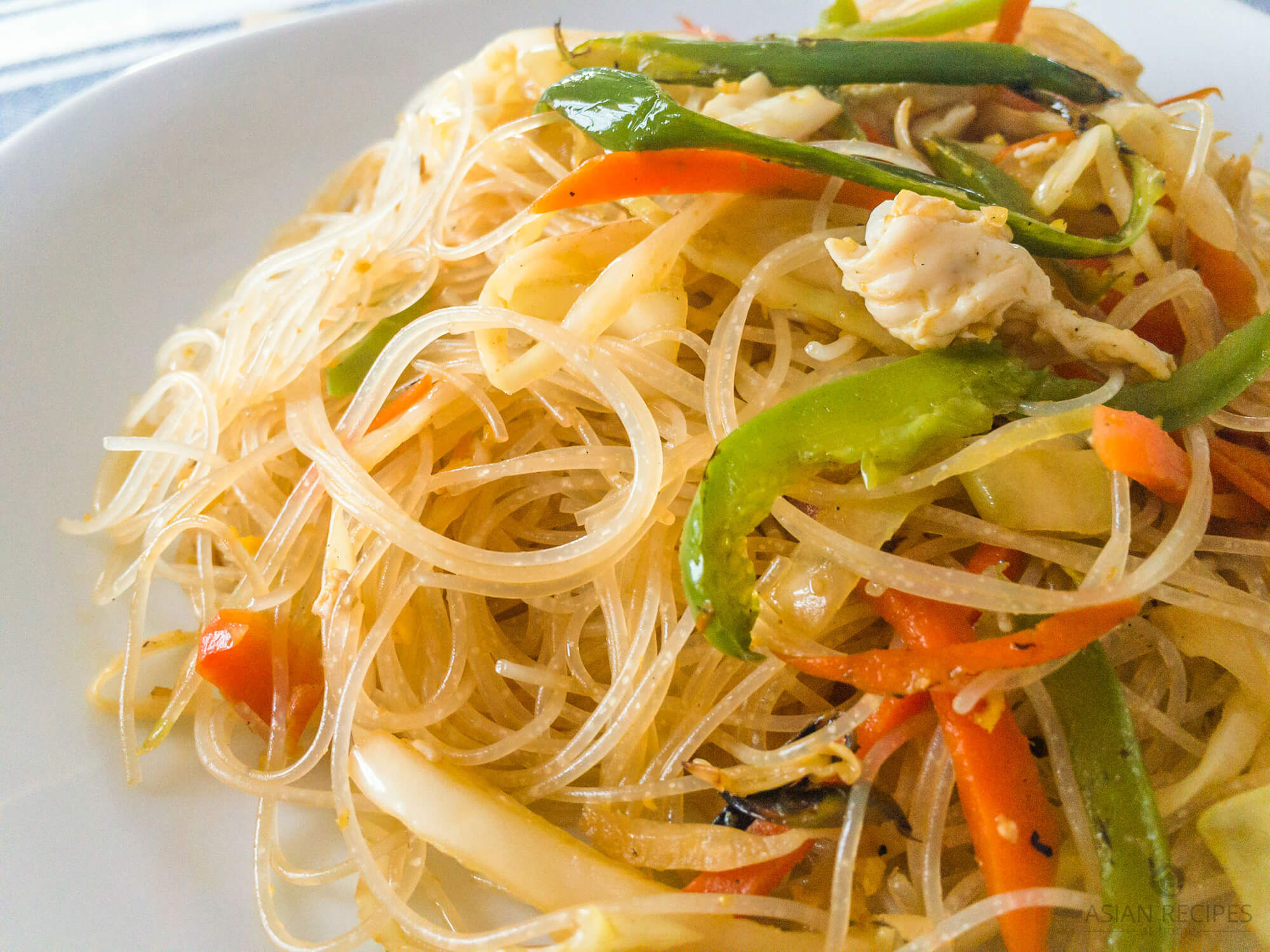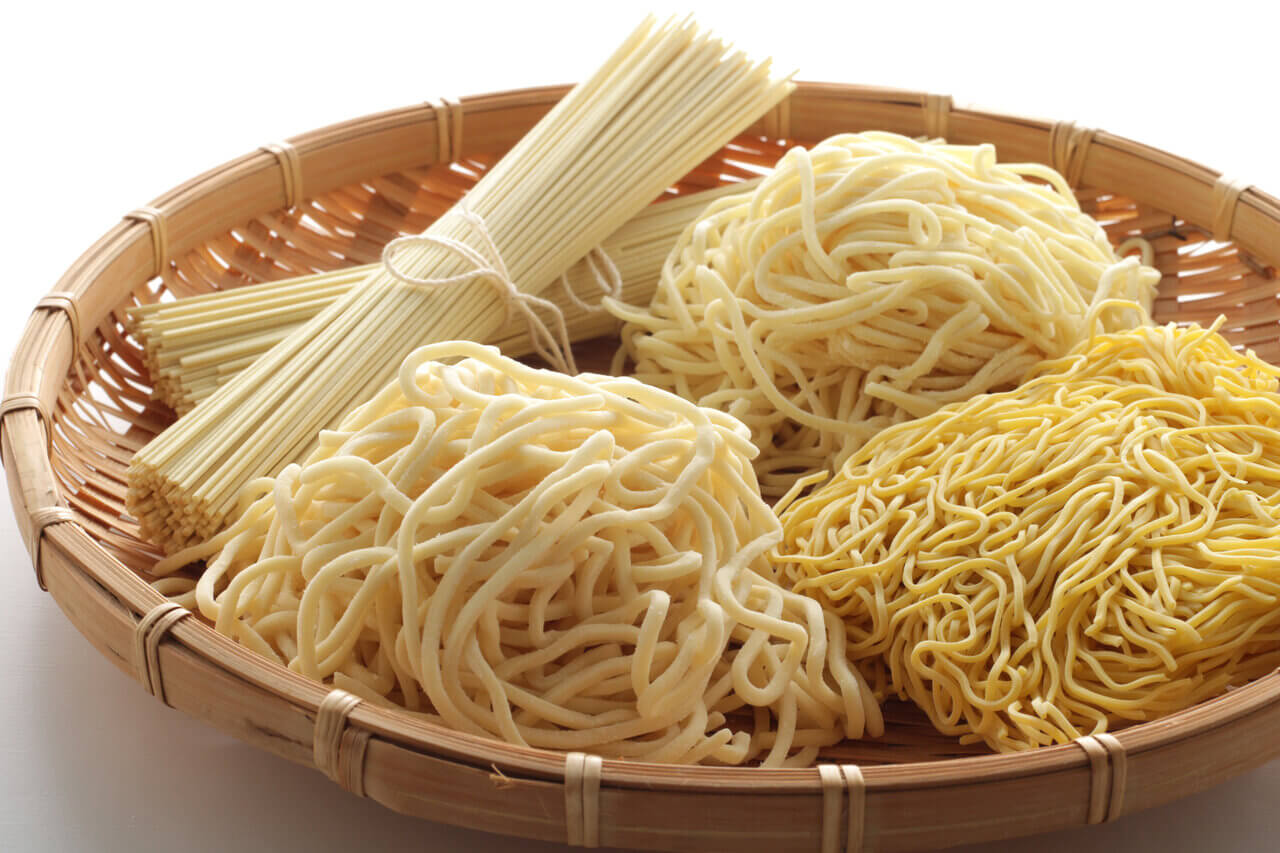Japanese noodles are more than just a dish; they are a culinary experience steeped in tradition and flavor. From the delicate strands of soba to the hearty bowls of ramen, these noodles have captivated taste buds around the globe. Each type of Japanese noodle carries its own unique history and cultural significance, making them an essential part of Japanese cuisine. Whether served hot or cold, with broth or dipping sauce, these noodles offer endless possibilities for delicious meals that satisfy every palate.
As the world becomes increasingly interconnected, the popularity of Japanese noodles continues to grow. They are not only enjoyed for their taste but also for their health benefits, versatility, and ease of preparation. With a wide variety available, there is something for everyone—whether you're a fan of spicy, savory, or light flavors. This article delves into the rich world of Japanese noodles, uncovering their origins, preparation methods, and the cultural stories behind them.
For those eager to explore this fascinating cuisine, understanding the nuances of Japanese noodles can enhance your dining experience. From learning how to cook them at home to discovering the best places to enjoy authentic dishes, this guide provides valuable insights. So, whether you're a food enthusiast or simply curious about Japanese cuisine, let's dive into the wonderful world of Japanese noodles.
Read also:Park City Ski Map Your Ultimate Guide To The Best Skiing Experience
What Are the Most Popular Types of Japanese Noodles?
Japanese noodles come in various forms, each with its own distinct characteristics and preparation methods. Among the most popular are soba, udon, and ramen. Soba noodles, made from buckwheat flour, are known for their nutty flavor and delicate texture. Udon, on the other hand, is thicker and chewier, made from wheat flour, and often served in hot soups. Ramen, perhaps the most internationally recognized, offers a rich, flavorful broth paired with noodles that vary in thickness and texture.
Each type of noodle has its own traditional accompaniments and cooking techniques. For instance, soba can be served cold with a dipping sauce or hot in a broth. Udon is versatile, found in everything from simple hot soups to complex stir-fries. Ramen, meanwhile, is celebrated for its depth of flavor, achieved through carefully crafted broths and toppings that can include everything from pork to seaweed.
How Are Japanese Noodles Made?
The process of making Japanese noodles is as intricate as the dishes they create. Traditional methods involve kneading the dough by hand, ensuring the right consistency and texture. For soba, the dough is made from a mix of buckwheat and wheat flour, rolled out thinly, and then cut into fine strands. Udon requires a stronger gluten development, achieved through vigorous kneading, resulting in a firmer texture. Ramen dough is often treated with alkaline water, giving the noodles their signature yellow color and unique texture.
Modern techniques have streamlined production, but many artisans still prefer the traditional methods, believing they impart a superior taste and texture. This dedication to craftsmanship is one reason why Japanese noodles continue to be held in such high regard by food enthusiasts worldwide.
Why Are Japanese Noodles So Popular?
The popularity of Japanese noodles can be attributed to several factors. Firstly, they are incredibly versatile, suitable for a wide range of dishes and flavors. Secondly, their health benefits cannot be overlooked. Many types of Japanese noodles, especially soba, are low in calories and high in nutrients, making them an attractive option for health-conscious eaters. Additionally, the cultural significance and rich history of these noodles add a layer of intrigue and appeal to their consumption.
Moreover, the global influence of Japanese cuisine, driven by the rise of sushi and ramen restaurants worldwide, has played a significant role in popularizing these noodles. As more people discover the unique flavors and textures they offer, the demand for authentic Japanese noodle dishes continues to grow.
Read also:Ray Collins Net Worth A Comprehensive Look At The Actors Fortune And Legacy
What Is the History Behind Japanese Noodles?
The history of Japanese noodles is as rich and varied as the dishes themselves. Originating from China, noodles were introduced to Japan around the 9th century. Over time, they evolved into distinct forms that reflect Japan's unique culinary traditions. Soba, for example, became popular during the Edo period as a quick and nourishing meal for busy urban dwellers. Udon gained prominence in the Kansai region, where its hearty texture complemented local ingredients like dashi and tempura.
Ramen, though relatively newer to the Japanese culinary scene, quickly became a national favorite. Introduced in the late 19th century, ramen's evolution into a beloved dish reflects Japan's ability to adapt and innovate. Today, it stands as a symbol of Japan's culinary creativity and global influence.
Where Can You Find the Best Japanese Noodles?
For those seeking the best Japanese noodles, Japan itself offers countless opportunities to experience authentic dishes. Cities like Tokyo, Kyoto, and Osaka are renowned for their noodle shops, where chefs perfect their craft daily. However, the global popularity of Japanese cuisine means that excellent options are available worldwide. From high-end restaurants to local noodle bars, the quality and authenticity of Japanese noodles can now be enjoyed almost anywhere.
When looking for the best Japanese noodles, consider factors such as the freshness of ingredients, the skill of the chef, and the authenticity of the preparation methods. Whether dining in Japan or abroad, a well-prepared bowl of soba, udon, or ramen can transport you to the heart of Japanese culinary culture.
How Can You Cook Japanese Noodles at Home?
Cooking Japanese noodles at home is easier than you might think. Start by selecting the right type of noodle for your desired dish. For soba, use a high-quality buckwheat-based noodle and prepare a dipping sauce with soy sauce, mirin, and dashi. Udon can be simmered in a flavorful broth made from dashi, soy sauce, and mirin, with added ingredients like tempura bits or mushrooms. Ramen requires a bit more effort, but with pre-made noodles and a homemade broth, you can create a satisfying meal.
Here’s a simple recipe for making soba noodles at home:
- Boil water in a large pot.
- Add soba noodles and cook for 5-7 minutes, depending on the package instructions.
- Drain and rinse under cold water to remove excess starch.
- Prepare a dipping sauce by mixing soy sauce, mirin, and dashi.
- Serve the noodles cold with the dipping sauce on the side.
What Are the Health Benefits of Japanese Noodles?
Japanese noodles offer several health benefits, making them a great choice for those looking to eat healthily. Soba noodles, in particular, are low in calories and high in protein and fiber. They also contain rutin, an antioxidant that supports heart health. Udon, while higher in calories, provides essential nutrients like carbohydrates for energy. Ramen, when prepared with a light broth and fresh ingredients, can also be part of a balanced diet.
Incorporating Japanese noodles into your diet can contribute to overall well-being, offering a delicious and nutritious alternative to other carbohydrate sources. However, it's important to consider portion sizes and preparation methods to maximize their health benefits.
What Are Some Unique Japanese Noodle Dishes?
Beyond the classic soba, udon, and ramen, there are many unique Japanese noodle dishes worth exploring. One such dish is yakisoba, stir-fried noodles typically served with vegetables, pork, and a savory sauce. Another is tsukemen, where thick noodles are dipped into a rich, concentrated broth. Then there's kishimen, a flat udon noodle found in the Aichi prefecture, offering a different texture and flavor profile.
Exploring these lesser-known dishes can provide a deeper appreciation for the diversity of Japanese noodle cuisine. Each dish brings its own twist to the traditional noodle experience, showcasing the creativity and innovation inherent in Japanese culinary arts.
Japanese Noodles: A Cultural Experience
Eating Japanese noodles is not just about the food; it's a cultural experience that connects you to centuries of tradition and history. The rituals surrounding noodle consumption, from slurping ramen to dipping soba, are as much a part of the experience as the taste itself. Understanding these cultural nuances can enhance your appreciation of Japanese cuisine and the role noodles play within it.
As you embark on your journey through the world of Japanese noodles, remember that each bite carries with it the stories of generations past. From the farmers who grow the ingredients to the chefs who prepare them, every aspect of this culinary tradition contributes to a rich tapestry of flavor and culture.
How Do Japanese Noodles Compare to Other Asian Noodles?
While Japanese noodles share similarities with other Asian noodles, they have distinct characteristics that set them apart. Unlike Chinese noodles, which are often thicker and more robust, Japanese noodles tend to be lighter and more delicate. Korean noodles, such as glass noodles, differ in texture and preparation methods, often being used in stews or salads. Vietnamese pho, while also a noodle dish, focuses heavily on the broth, which is more complex and spiced compared to the simpler, cleaner flavors of Japanese noodle broths.
Understanding these differences can help you appreciate the unique qualities of Japanese noodles and how they fit into the broader context of Asian cuisine.
Conclusion
Japanese noodles offer a delightful journey into the heart of Japanese cuisine. From their rich history and diverse types to the cultural significance and health benefits they provide, these noodles are a testament to Japan's culinary expertise. Whether enjoyed at home or in a restaurant, they offer a taste of tradition and innovation that continues to captivate food lovers worldwide.
Table of Contents
- What Are the Most Popular Types of Japanese Noodles?
- How Are Japanese Noodles Made?
- Why Are Japanese Noodles So Popular?
- What Is the History Behind Japanese Noodles?
- Where Can You Find the Best Japanese Noodles?
- How Can You Cook Japanese Noodles at Home?
- What Are the Health Benefits of Japanese Noodles?
- What Are Some Unique Japanese Noodle Dishes?
- Japanese Noodles: A Cultural Experience
- How Do Japanese Noodles Compare to Other Asian Noodles?

/udon-174841251-5aa7ce8bba617700379c39f1.jpg)
